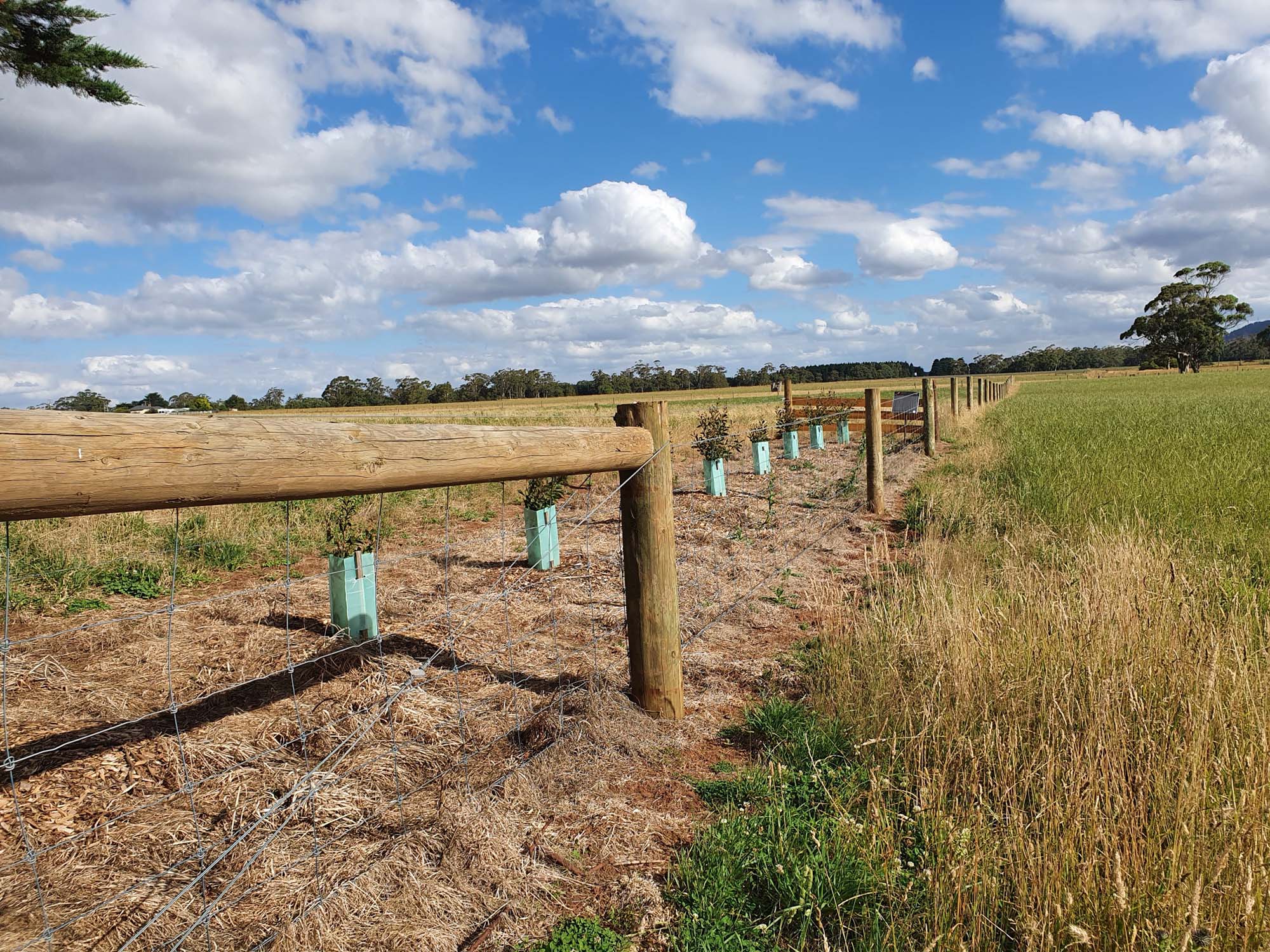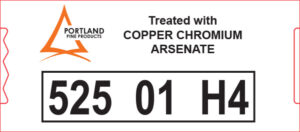Treatment
Quality Statement
Our posts and poles are treated with CCA, a treatment method which has stood the test of time. The CCA treatment process was first developed in 1933 and has been in use around the world ever since, so you know you can trust the performance of Portland Pine Products posts and poles.
CCA treated posts and poles have the treatment solution chemically fixed to the wood fibre.. CCA treated products have very little odour and are not dirty to handle like some of the other treated products available in the market.
With our stringent Quality Assurance program our CCA treated products are protected against decay and insect attack so you can rely on our product to perform in external applications.
Understanding Hazard Classes
An important part of the brand is the Hazard Class, which indicates the service conditions to which the product is exposed and the level of treatment or level of protection that must be applied to the wood.
| H4 |
H5 |
H6 |
| This level of treatment is suitable for use in applications where the timber is in contact with ground or is continually damp. H4 is designed to eliminate the likelihood of attack by insects, including termites, and decay where a critically important end use is involved such as posts and garden edges. |
A stronger level of protection, H5 is suitable for use in applications where the timber will come in contact with the ground or fresh water such as as posts and pylons. Other than protecting against the likelihood of attack by insects, H5 also offers protection against extreme decay. |
As protection against the highest level of hazard, H6 is appropriate for applications where the timber will be in prolonged contact with sea water. H6 is designed to minimise the likelihood of attack by marine borers and extreme decay, such as boardwalks, piers and jetties. |
Generally, the higher the Hazard Class, the greater the penetration and retention of preservative specified in the Standard.
SOURCE: TPAA Tech Note – Understanding Hazard Classes
Handling Treated Wood Waste
- Wear gloves and long sleeved shirts.
- After handling, wash exposed skin areas thoroughly with mild soap and water.
- Wear a dust mask when machining any wood to reduce the inhalation of wood dust. This applies to all wood dust, not only wastes containing preservative chemicals. Avoid frequent or prolonged inhalation of sawdust.
- Machining operations should be performed outdoors whenever possible to avoid indoor accumulations of airborne sawdust.
- Wear appropriate eye protection to reduce the potential for eye injury from wood particles and flying debris during machining.
- If preservative treated sawdust accumulates on clothes, launder before reuse.
- Wash work clothes separately from other household clothing.
SOURCE: TPAA Tech Note – Disposal of Treated Wood
Service Life
The service life of treated timber depends on a variety of factors including the level of preservative treatment and the specific application of the product (refer to treatment hazard classes).
The range of conditions and the type of environment anticipated during the service life of the product can vary based on climate, geographic location and seasonal changes. In consideration of service life, if subsequent machining, shaping, pointing cutting and scarfing of treated timber posts and poles are unavoidable, supplementary protection should be applied to the cut surface. This protection however cannot be expected to be as effective as the original treatment application. If actions are undertaken that compromise the integrity and treatment application of the product, Portland Pine Products will not be responsible for subsequent issues arising from such actions and any warranties shall be considered null and void by any further processing of treated products.



